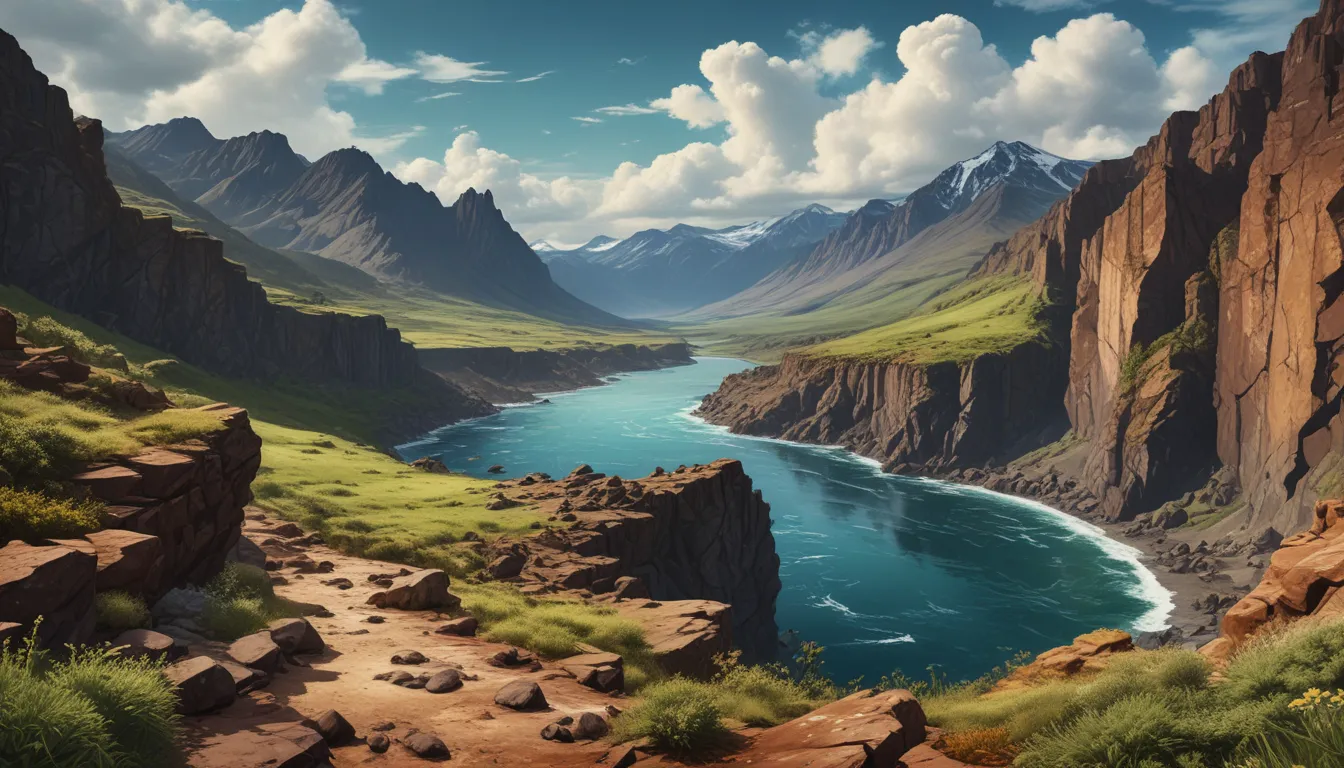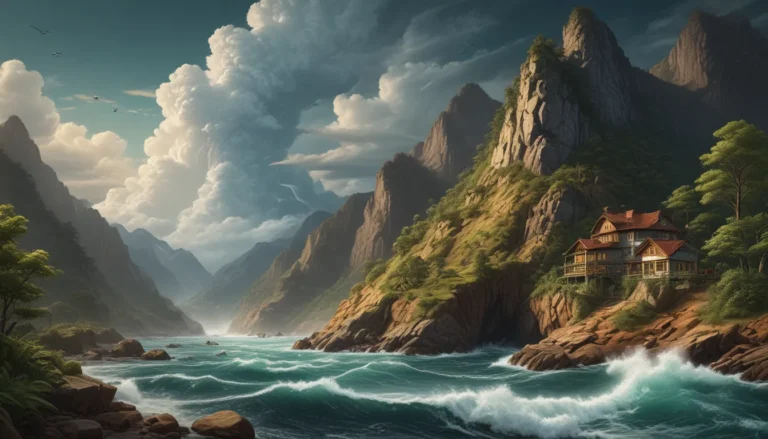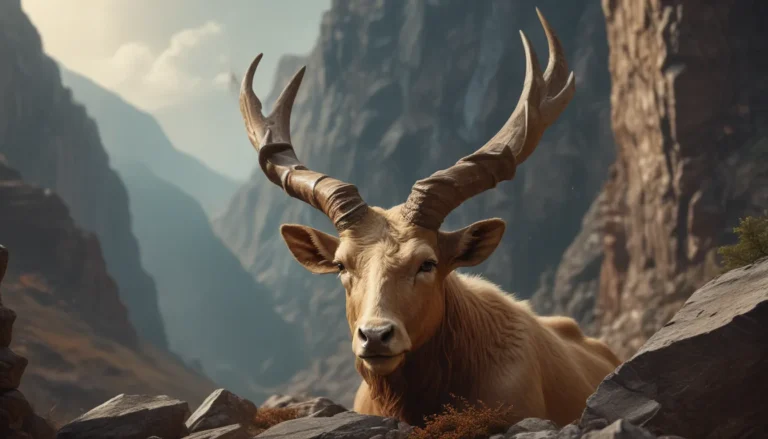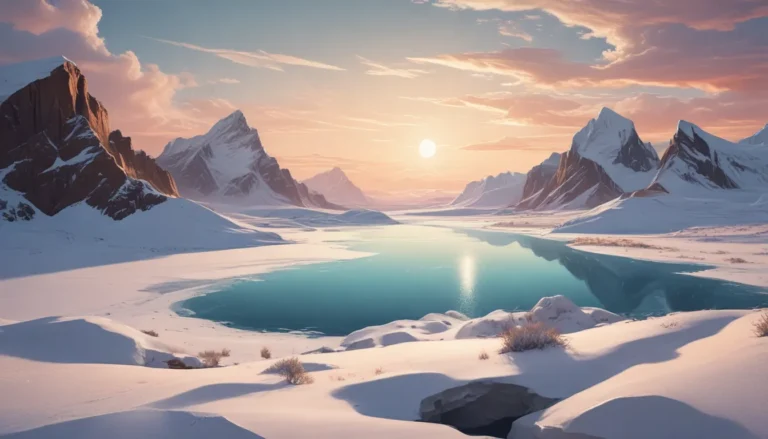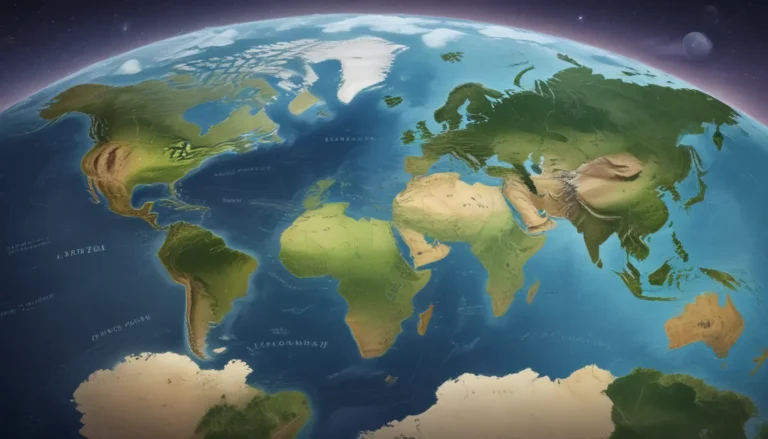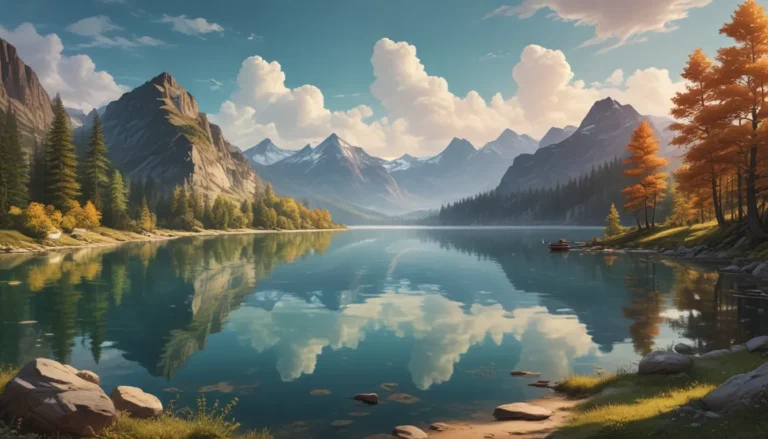A Note About Images: The images used in our articles are for illustration purposes only and may not exactly match the content. They are meant to engage readers, but the text should be relied upon for accurate information.
Welcome to the fascinating world of tectonic plates! These enormous puzzle pieces of the Earth’s lithosphere are more than just rocks floating on the semi-fluid layer of the mantle. They are the hidden forces behind the formation of mountains, rift valleys, and even earthquakes and volcanoes. In this article, we will unravel the mysteries of tectonic plates by exploring 12 extraordinary facts that will leave you in awe of the power and grandeur of these colossal rock formations. Get ready to embark on a journey to discover the wonders of our ever-changing Earth.
Understanding the Earth’s Dynamic Lithosphere
Tectonic plates are massive sections of the Earth’s lithosphere, constantly in motion, albeit very slowly. These plates play a crucial role in shaping the Earth’s surface, triggering geological phenomena such as earthquakes, volcanic eruptions, and the formation of mountains. They are like the secret movers and shakers of our planet, silently shaping the landscapes we see today.
Unveiling the Seven Major Tectonic Plates
There are seven major tectonic plates that cover the majority of the Earth’s surface. From the African Plate to the Pacific Plate, each plate interacts with the others at their boundaries, contributing to the dynamic nature of tectonic activity on our planet. These colossal puzzle pieces work together to shape the Earth’s topography over millions of years.
The Driving Force Behind Tectonic Plate Movement
The movement of tectonic plates is not a random occurrence but is driven by convection currents beneath the Earth’s crust. These semi-fluid currents exert a force on the plates, causing them to slowly drift and collide with one another. This movement, although seemingly insignificant, has profound implications for the geological features we see today.
Types of Plate Boundaries
Tectonic plates interact in three main ways at their boundaries: convergent, divergent, and transform boundaries. Convergent boundaries result in the collision of plates, forming mountain ranges and subduction zones. Divergent boundaries see plates moving apart, creating new crust, while transform boundaries involve horizontal movement along plate margins. These interactions shape the Earth’s landscapes in remarkable ways.
Exploring Geological Marvels: The Ring of Fire and Mid-Atlantic Ridge
The Ring of Fire, a region in the Pacific Ocean basin, is known for its high seismic and volcanic activity. This area is a hotspot for tectonic plate boundaries, resulting in numerous earthquakes and volcanic eruptions. On the other hand, the Mid-Atlantic Ridge is an underwater mountain range formed by diverging tectonic plates, showcasing the continuous evolution of our planet’s geology.
The Impact of Tectonic Plates on Earthquakes and Volcanic Activity
The movement of tectonic plates can have far-reaching consequences, leading to earthquakes and volcanic eruptions. When plates collide or separate, the buildup of pressure can result in seismic activity that generates earthquakes. Similarly, volcanic eruptions often occur at convergent boundaries where one plate subducts beneath another, creating magma that rises to the surface.
Shaping Continents and Landscapes Over Time
Tectonic plates have played a pivotal role in the formation and breakup of supercontinents over millions of years. The movement of these plates has sculpted the Earth’s topography, creating majestic mountains, vast valleys, and deep ocean trenches. These geological processes have influenced the distribution of landforms as we know them today.
Tracking Tectonic Plate Movement with GPS Technology
In the digital age, scientists use Global Positioning System (GPS) technology to monitor the movement of tectonic plates. By placing GPS receivers along plate boundaries, researchers can precisely track the movement of these massive plates over time, gaining valuable insights into ongoing geological processes. This technological advancement has revolutionized the study of tectonic activity.
Conclusion: Embracing the Power and Beauty of Tectonic Plates
In conclusion, tectonic plates are extraordinary geological features that shape the Earth’s landscapes in profound ways. From the formation of mountains to the occurrence of seismic events, these colossal rock formations leave an indelible mark on our planet. By studying tectonic plates, we deepen our understanding of Earth’s history, the formation of continents, and the forces that drive our planet’s constant transformation. It is essential to appreciate the immense power and potential of tectonic plates, fostering preparedness and mitigation strategies to minimize the impact of geological events on human lives and infrastructure.
FAQs: Answering Your Tectonic Plate Questions
-
What are tectonic plates?
Tectonic plates are large sections of the Earth’s lithosphere that float on the semi-fluid layer of the mantle, shaping the Earth’s surface through their movement. -
How many major tectonic plates are there?
There are seven major tectonic plates, including the Pacific, North American, Eurasian, African, Antarctic, Indo-Australian, and South American plates. -
What causes tectonic plates to move?
Tectonic plate movement is driven by convection currents in the Earth’s mantle, generated by heat from the core, pushing the plates to drift and interact with one another. -
How do tectonic plates create mountains?
When tectonic plates collide, immense pressure is generated, leading to the formation of mountain ranges as the Earth’s crust is uplifted. -
Can tectonic plates cause earthquakes?
Yes, the movement of tectonic plates can result in the buildup of stress at plate boundaries, leading to seismic activity and earthquakes. -
Are tectonic plates responsible for volcanic activity?
Volcanic activity is often associated with tectonic plate interactions, such as subduction zones where magma rises to the surface, leading to volcanic eruptions.
As you continue to explore the wonders of tectonic plates, remember to appreciate the beauty and complexity of Earth’s geological processes. By understanding the intricate dance of these massive rock formations, we can better comprehend the forces that shape our planet and prepare for the ever-changing landscapes that define our world.
